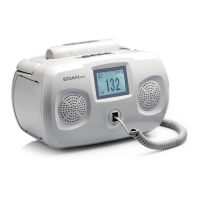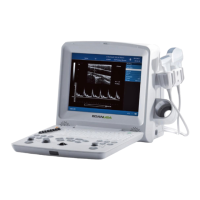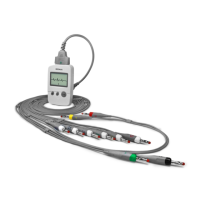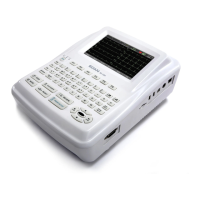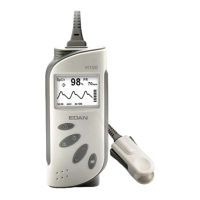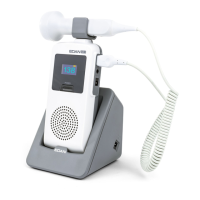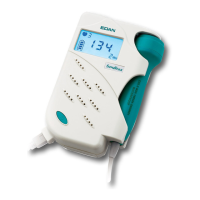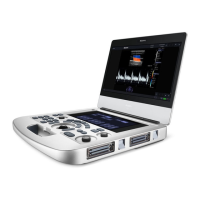What to do if my EDAN iM70 Medical Equipment shows 'PRESSURE OVER RANGE, FAIL'?
- CCassandra BriggsAug 10, 2025
If your EDAN Medical Equipment displays 'PRESSURE OVER RANGE, FAIL', ensure the stopcock is vented to the atmosphere. If the issue continues, it may require professional attention from a service technician.



